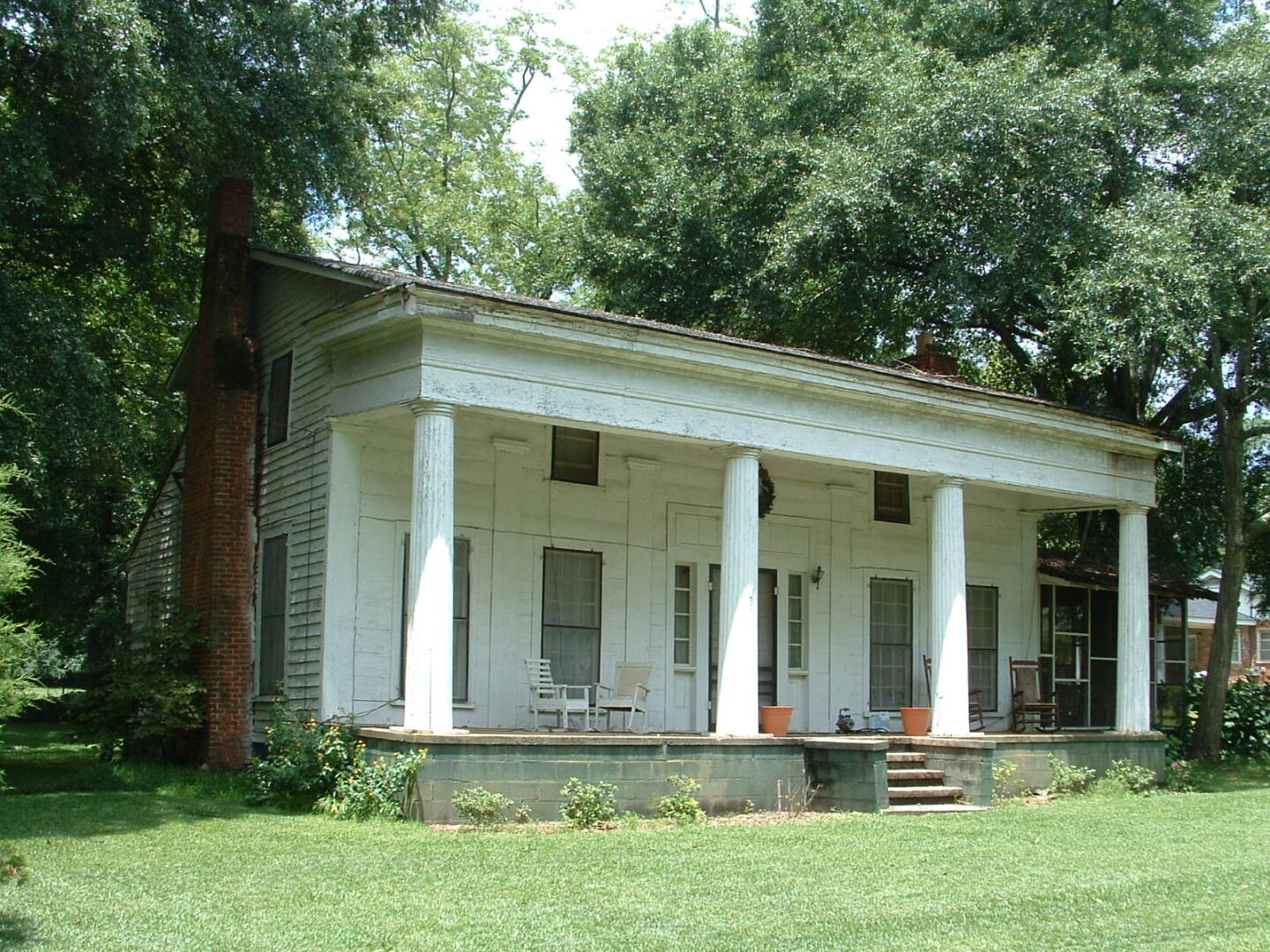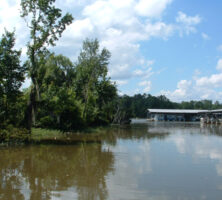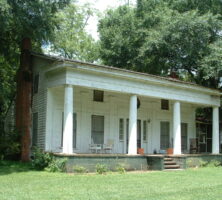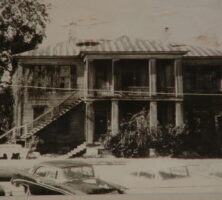Lumpkin, the seat of Stewart County, is located thirty-six miles south of Columbus, twenty miles north of Cuthbert, and thirty-six miles west of Americus. Since its incorporation in 1830, the city of Lumpkin has served as a rural county seat, a commercial and transportation center, and more recently, a tourism destination. According to the 2020 U.S. census, Lumpkin’s population is 891.
Noteworthy residents have included Clement Evans, a Confederate war hero, Methodist minister, and historian; Sidney Root, a businessman and advocate for higher education and the creation of public parks; and John Wellborn Root, a prominent architect during the Early Victorian period.
Early History
Surveyors for Georgia’s fifth land lottery, in 1827, identified a hill rising on the northwest banks of Hodchodkee Creek as a likely site for a new city. Within the year a Baptist congregation established a church there. In 1829 the Randolph County Commission selected land lot 82 on that hill as its seat of government. The following year the state legislature created Stewart County by sectioning the northern half of Randolph, and Lumpkin became the county’s seat of government. The town was named for U.S. congressman Wilson Lumpkin, who championed a successful Indian Removal bill in 1830, which earned him the gratitude of citizens in the new west Georgia community.
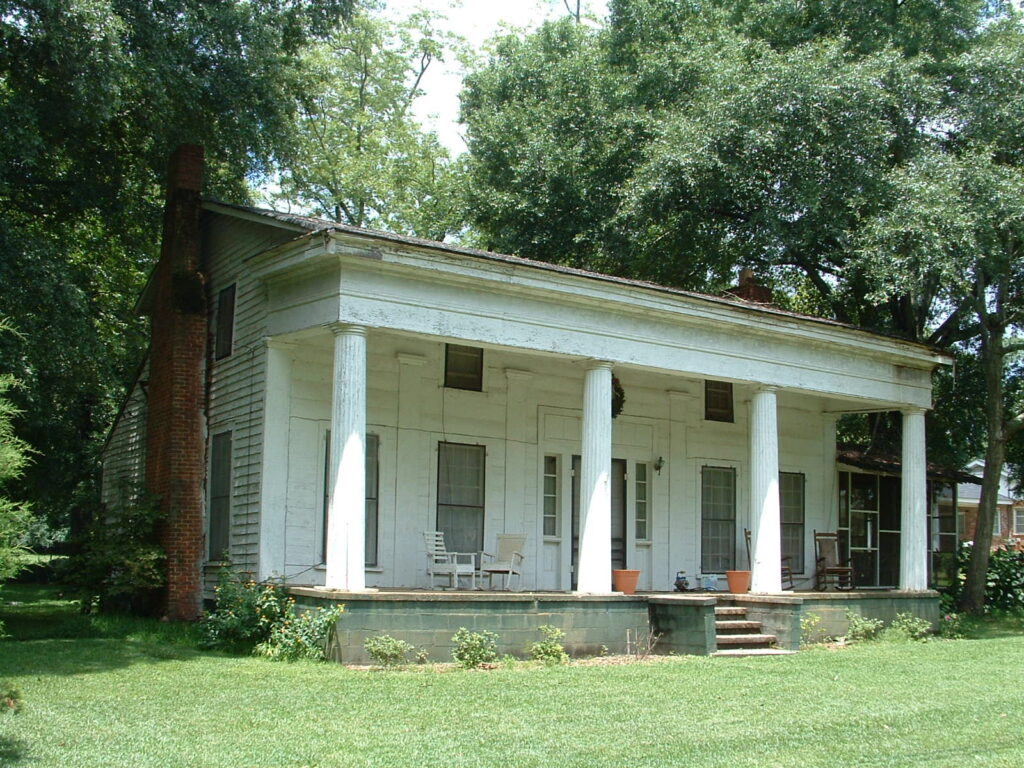
Lumpkin’s residents built a blockhouse, a thirty-foot by twenty-four-foot log structure, in the designated courthouse square as protection against hostile Native Americans still in the area. When, in the spring of 1836, Creek Indians attempted to reoccupy the county, many whites fled to the blockhouse for safety. The battles between May and July ultimately resulted in the infamous Creek Indian Removal. Feeling less threatened, residents tore down the blockhouse and erected a two-story wood-frame courthouse in 1837.
After Indian removal, legions of settlers primarily from the area between Macon and Augusta but also from places as far away as Massachusetts, Vermont, Germany, and Switzerland arrived in the new territory of west Georgia. The nonsouthern immigrants tended to be craftsmen and merchants. By 1850 Lumpkin had become one of Georgia’s largest towns, with an estimated population of 1,000. Lumpkin served as a stagecoach stop for north-south and east-west routes, and merchants also congregated there for the healthy trade with cotton farmers and planters in the area.
Late Nineteenth Century
Three events confounded Lumpkin’s ability to grow after 1850. First, railroad routes bypassed Stewart County in the rush to connect Macon with the Chattahoochee River (Stewart County’s western border). Indeed, rail connection in Lumpkin did not arrive until 1886, near the end of Georgia’s rail expansion. Second, the meteoric growth of Atlanta during the 1850s siphoned away many area people, notably most of the New England–born merchants. The upheaval of the Civil War (1861-65) and subsequent Reconstruction contributed the third obstacle to Lumpkin’s continued growth.
Architecture as an Economic Mirror
Lumpkin’s significant architectural heritage accurately mirrors Lumpkin’s economic swings. The city features a wealth of antebellum and Late Victorian buildings. Yet, obvious gaps exist for representative homes from the postbellum and Great Depression eras.
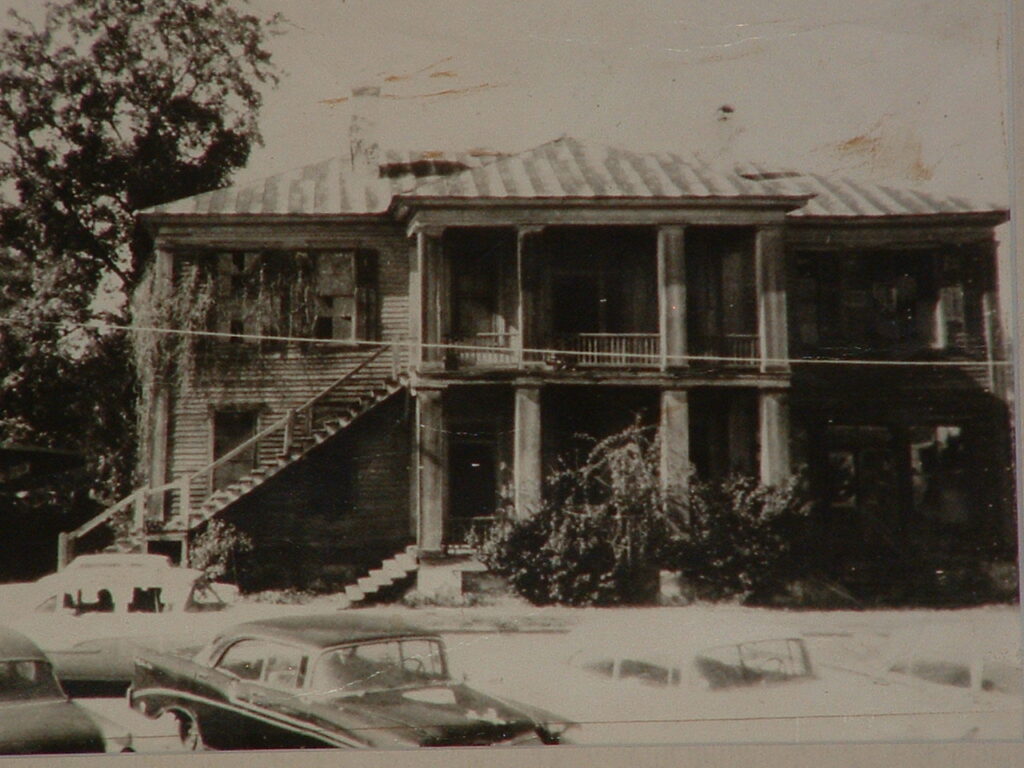
In particular, the physical evidence of Lumpkin’s prosperous times reflects its importance in the area of transportation. From 1836 to 1860 roads funneled many stagecoach travelers both to and through the city, and the impressive Bedingfield Inn (1836) offered those travelers a place to stay. The Masonic Female College (1852, razed) also served as a public example of architectural prosperity.
Likewise, after 1886, the railroad played a critical role in improving the local economy. Citizens in 1895 replaced the wooden courthouse with a brick version, a prominent example of local economic confidence. (After a fire in 1922, T. F. Lockwood designed the 1923 reconstruction.) Lumpkin’s commercial district echoed the late-nineteenth-century American trend of replacing wooden structures with brick buildings. These buildings line the courthouse square today.
Twentieth-Century Changes
The area around Lumpkin reeled, as did the entire South, from the impact of several traumatic events between 1910 and 1919: the exodus of African Americans seeking jobs in the North and West, the devastations of the boll weevil, World War I (1917-18), and the 1918-19 influenza pandemic.
Not surprisingly, the 1920 census detected a resulting decline in population in Stewart County, a trend that continued unabated throughout the remainder of the century. Lumpkin, by contrast, remained relatively stable in population. Nonetheless, the course set by that critical decade foretold similar economic declines still to come in World War II (1941-45) and during the civil rights movement, when many blacks left rural towns for larger cities like Columbus.
Furthermore, as row-cropping of cotton and peanuts began to wane at midcentury, tree-farming increased in the Lumpkin area. This major land-use change contributed significantly to the chronic poverty of the community and county.
A New Industry
Anticipating the need for an alternative industry, local residents discovered heritage tourism. Inspired by the recent restoration of the Springer Opera House in Columbus, some residents began in 1965 restoring the stagecoach hotel that dominated one corner of the courthouse square in Lumpkin. The Bedingfield Inn became the first small-town community preservation project in Georgia and one of the first in the South.
Enthused by the national attention of the restoration, a group of volunteers embarked in 1966 on a truly ambitious project, an outdoor living-history museum known as Westville, located one mile south of Lumpkin. Westville Village was composed of actual historic structures that had been moved together to form a representative early west Georgia community, and the buildings featured period antiques arranged to evoke a “lived-in” appearance. However, following a decade of declining ticket sales, the museum closed in 2015 and was relocated to Columbus.
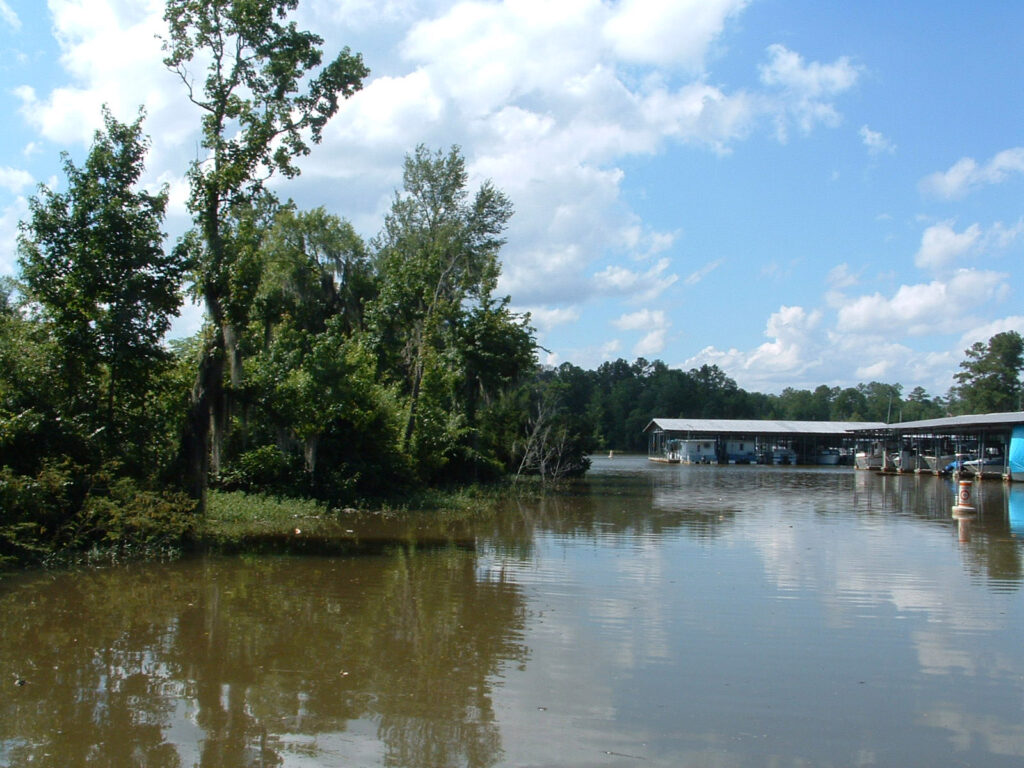
Other attractions in the area—Dr. Hatchett’s Drug Store Museum, Providence Canyon State Park, and Florence Marina State Park—have contributed to Lumpkin’s tourism industry. In the early 1980s, the National Register of Historic Places designated four separate historic districts in Lumpkin.






